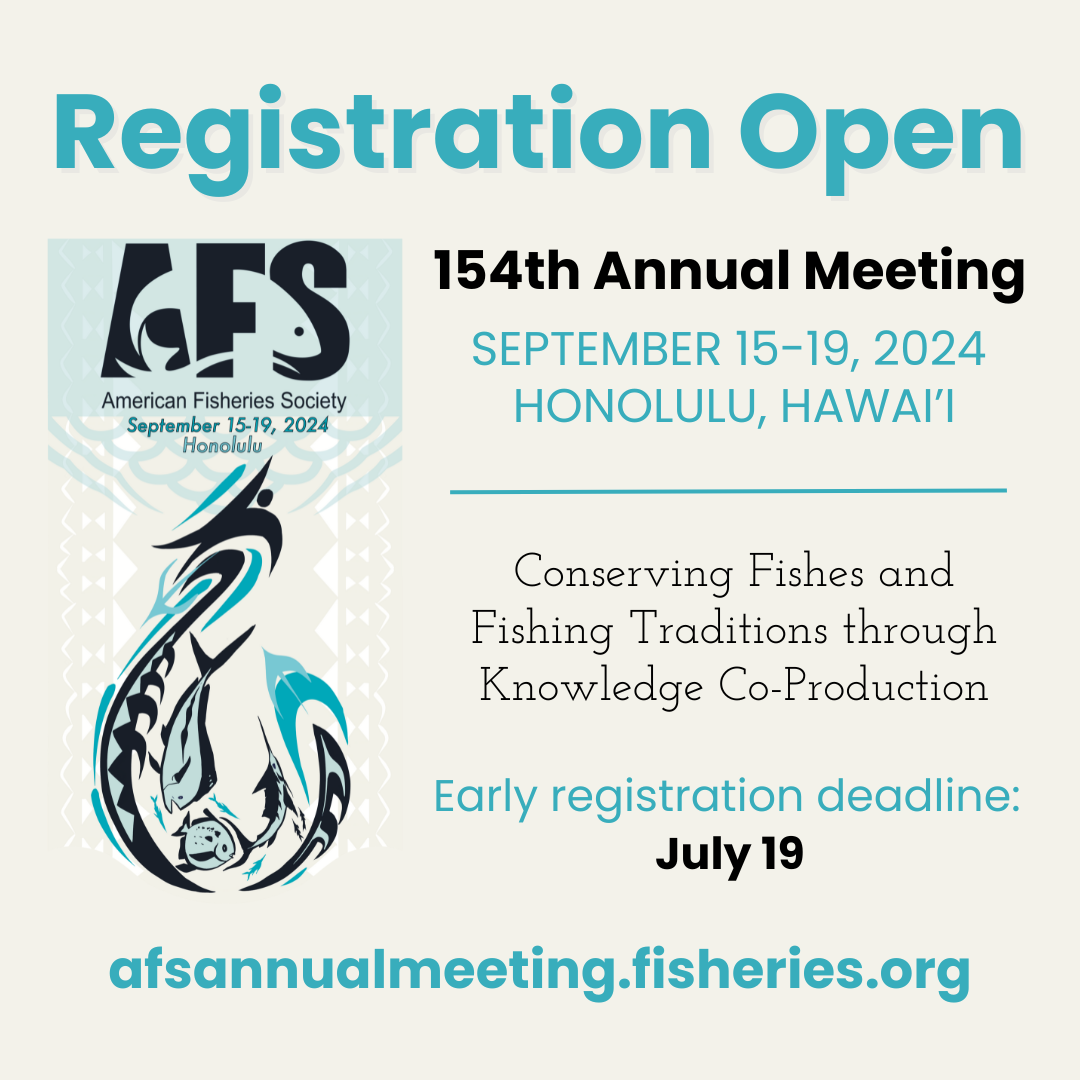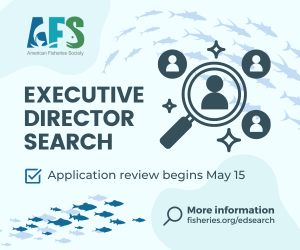 Gwen White [email protected] The findings and conclusions in this article are those of the author(s) and do not necessarily represent the views of the U.S. Fish and Wildlife Service.
Gwen White [email protected] The findings and conclusions in this article are those of the author(s) and do not necessarily represent the views of the U.S. Fish and Wildlife Service.
Why does AFS need a strategic communications approach?
Since its founding in 1870, the American Fisheries Society (AFS) has served as the leading professional resource and networking organization for fisheries professionals. Its stature among the fisheries profession is second to none, and it is consistently cited as a source for the most accurate scientific information on fisheries management. Producing sound science is the first step in a sequence of events that gets the right information into the right hands to inform decision making and future research. Communications facilitates that knowledge transfer.
What can we learn from professional communications advice?
At the 2014 Annual Meeting in Québec City, the Governing Board initiated a more strategic and integrated approach to how AFS uses the full capabilities of its existing communication channels. We need to deploy communications mechanisms that systematically meet the goals and objectives of AFS by establishing clearer guidelines and expanding AFS’s current approach to communications with its current and potential members (as a primary audience) and external stakeholders such as decision makers and reporters (as secondary audiences).
What is in the communications plan?
Through a competitive contracting process, AFS engaged the services of a professional communications firm, the Potomac Communications Group (PCG), to develop a strategic communications plan based on their comprehensive review of AFS as an organization, the way AFS communicates, the needs of AFS members and other groups, its mission and messages needed going forward, and how AFS compares to other related organizations. Both the review report and the communications plan are online for your consideration and use: fisheries.org/strategic-communicationsplan (password: essig). As a result of their research and ongoing conversations with AFS’s management, PCG outlined communications strategies (in line with our AFS Strategic Plan – fisheries.org/afs-strategicplan-for-2015-2019) and tactics designed to help AFS achieve its goals in the following areas: 1. Improve the consistency and quality of information being circulated to members, thus enhancing the value of AFS membership. 2. Better define AFS’s messages to the organization’s membership, potential members, and other targeted individuals and groups. 3. Reinforce AFS’s status as the primary and most beneficial membership society for fisheries professionals. 4. Increase AFS’s influence with external groups and individuals, such as policymakers and other important leaders and advocates.
How can you get involved?
The PCG communications plan presents research findings and associated strategic recommendations for consideration by AFS. Some of the actions are already underway. Others are maybe too much of a reach for the foreseeable resources and capacity of our Society. That leaves a large set of actions that we need to prioritize. We anticipate that AFS will begin to implement high-priority actions contained in this plan as the Governing Board chooses to allocate resources into the future. The Board wants your help to sort through these potential communications actions and for you to tell us which directions you support.
The PCG plan is posted online for your consideration through September 15.
Please take a look and discuss how you think these recommendations should be prioritized for Society level action. In addition, you may find many of these actions would enhance communications approaches in your Sections and Units as well. The Governing Board will take your thoughts into account as they commit resources to improving communications through all the channels in the Society. Tell us what you think. Go to fisheries.org/strategic-communications-plan (password: essig), read the plan, and answer the survey. And thank you for helping us raise the bar on AFS communications!






